Stress Fractures
1 of 6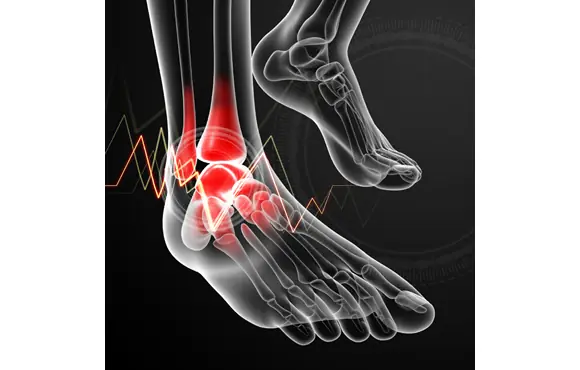
Stress fractures occur when more stress is applied to a bone than what the bone can handle. The most common stress fracture sites in women runners are the medial (inside) or posterior (back) portion of the tibia bone (the larger of your two lower leg bones) and the metatarsal bones in your foot.
Causes:
- Menstrual irregularities
- Low estrogen level
- Low bone mineral density
- Lack of lower leg muscle mass
- Insufficient intake of calories and nutrients in the diet
Symptoms: Gradual onset of pain that develops toward the end of a run. Stress fractures are characterized by a sharp pain at a specific point on the bone that can be felt when pressing on it. Sometimes, swelling over the fracture site occurs. With continued running, the pain increases and starts earlier in the activity. If left untreated, pain occurs with walking and even at rest. In the case of a femoral neck stress fracture, the pain is usually felt in the groin and is often confused with a groin strain.
Treatment:
1) No running for four to eight weeks.
2) Adequate intake of calories, calcium and vitamin D.
3) Strengthen muscle groups surrounding the joints above and below the fracture site.
4) Daily supplementation with calcium (2,000 milligrams) and vitamin D (800 International Units).
Now that you know how to prevent injuries, find a
RacePatellofemoral Pain Syndrome
2 of 6
Patellofemoral pain syndrome is the fancy medical term for knee pain. Any alterations in patellar tracking—the movement of the patella within the groove in your femur—can cause patellofemoral pain syndrome.
Causes:
- Strength imbalance in stabilizing muscles
- Suboptimal lower leg running mechanics
- Increased stress across the patellofemoral joint
- Hip muscle weakness
- Hip width and angle of femur meeting the patella (Q-angle)
- Excessive or insufficient pronation
- Training errors such as changes in frequency, duration and intensity
Symptoms: Pain behind, below or around your patella (kneecap) that increases with running, or climbing or descending stairs. It usually comes on gradually and gets worse when you run or when you walk up or down stairs.
Treatment:
1) Strengthen hip muscles.
2) Try orthotics, which help stabilize the foot when running and reduce impact.
3) Put something around your knee, like a brace or sleeve, to stabilize your knee while you run.
4) Reduce running volume.
5) Discontinue hill running until pain subsides.
Now that you know how to prevent injuries, find a
RaceIliotibial Band Friction Syndrome
3 of 6
Iliotibial band friction syndrome (ITBS) is the most common cause of lateral knee pain among runners. It occurs from repetitive friction of the iliotibial band rubbing against the outside of the knee. The iliotibial band is a sheath of connective tissue that runs down your thigh from your hip to just below your knee.
Causes:
- Excessive or abrupt increases in running mileage
- Preexisting iliotibial band tightness
- Too much downhill running
- Too much unidirectional running around a track
- Too much running on cambered roads, which causes overpronation
- Stiff shoes that limit pronation
- High-arched feet that don't adequately pronate, which transfers the shock of landing to other parts of the leg
- Hip and gluteal muscle weakness
- Running mechanics, specifically changes in knee flexion at heel-strike and internal rotation of the leg
Symptoms: A sensation of tightness on the outside of your knee that progresses into a localized pain or burning sensation, especially when you bend your knee, run downhill, or walk down stairs. Pressing on the outside of the knee while flexing the knee usually reproduces the pain. Some runners experience a clicking sensation that results from the iliotibial band tightening and snapping across the joint when their knees flex and extend.
Treatment:
1) Stretch the IT band.
2) Ice three to four times per day.
3) Rest until pain subsides.
4) Foam roll your IT band.
5) Strengthen hips and glutes.
Now that you know how to prevent injuries, find a
RaceAchilles Tendinitis and Tendinosis
4 of 6
The Achilles tendon attaches your two calf muscles to your heel. Named after the Greek god Achilles for its strength, the Achilles tendon is the thickest and strongest tendon in your body. While inflammation (tendinitis) may contribute to your symptoms in the first few days, symptoms are the result of a degenerative process (tendinosis) in the collagen fibers that make up the tissue.
Causes:
- Inappropriate increases in mileage
- Too much interval training
- Hill running
- Inadequate recovery time between workouts
- Calf weakness
- Overpronation
- Poor calf muscle flexibility
Symptoms: A gradual onset of pain over the Achilles tendon. In mild cases, you may experience pain only when you run. As it becomes more severe, you may experience pain with your normal daily activities or even at rest. The tendon area will become tender to your touch and visibly swollen. Pinching the tendon between your thumb and forefinger usually reproduces the pain.
Treatment:
1) Reduce your training.
2) Ice the tendon three to four times per day.
3) Strengthen your calf muscles with eccentric training, which promotes the formation of collagen.
4) Get different shoes if overpronation is the cause of your Achilles tendonitis.
Now that you know how to prevent injuries, find a
RacePlantar Fasciitis
5 of 6
The plantar fascia is a band of connective tissue on the bottom of your foot that runs from your heel to your toes. It acts like a ligament that helps support the arch of your foot when you run. Plantar fasciitis is a degenerative condition in which the fascia on the bottom of your foot has become irritated. As a result of this degeneration, microscopic tears occur when the plantar fascia is overloaded, and it loses its ability to support your arch.
Causes:
- Flat or high-arched feet
- Increasing mileage or speed training too quickly
- Calf muscle weakness
- Weakness in the muscles of the sole of the foot
Symptoms: Pain on the inside edge of the heel or along the arch. The pain is often worse upon the first steps in the morning or after prolonged sitting. It usually decreases slightly when you run and aches after you run. As the condition becomes more severe, the pain may be present all the time when you walk or run.
Treatment:
1. Back off on the volume and intensity of running.
2. Stretch and strengthen calf muscles.
3. Roll your foot over a small foam roller or golf or tennis ball for a few minutes at a time a few times each day.
4. Wear a splint overnight to hold your foot in a flexed position while you sleep.
Now that you know how to prevent injuries, find a
RaceGet ACTIVE on the Go


Couch to 5K®
The best way to get new runners off the couch and across the finish line of their first 5K.
Available for iOS | Android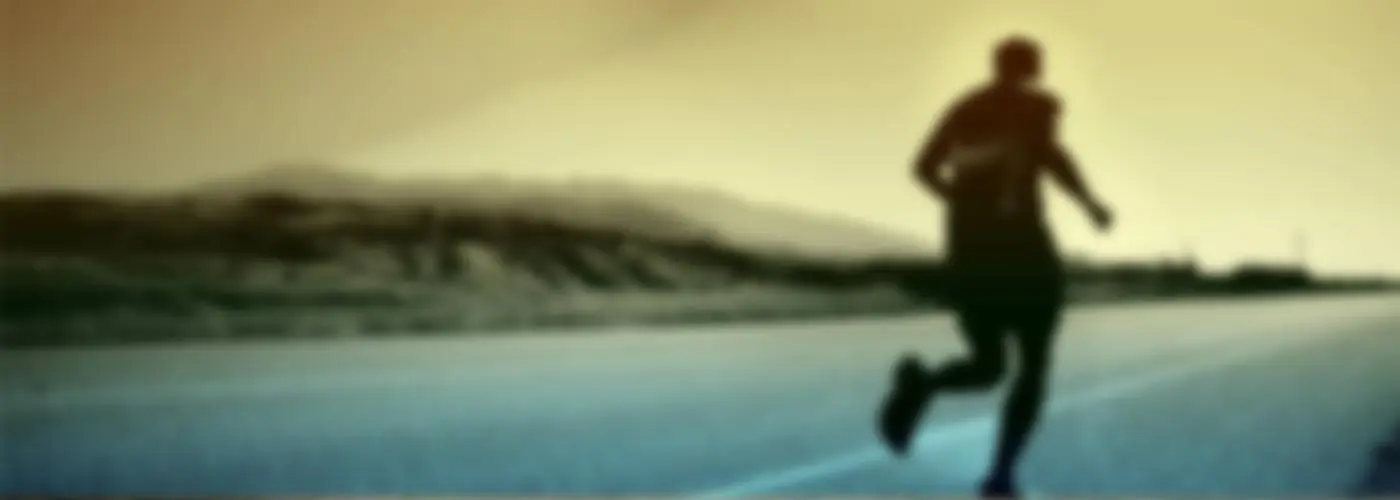


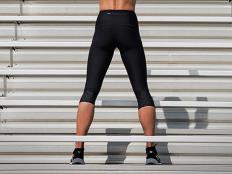
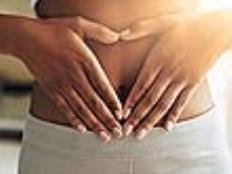

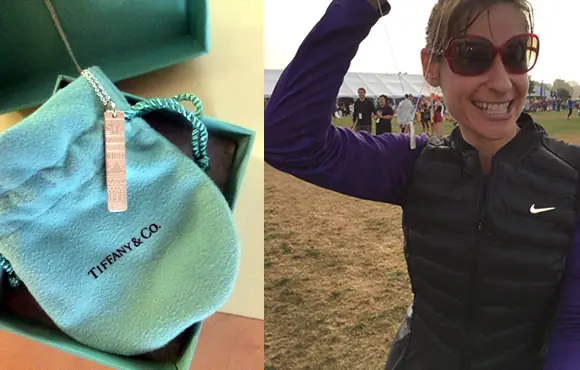
Discuss This Article